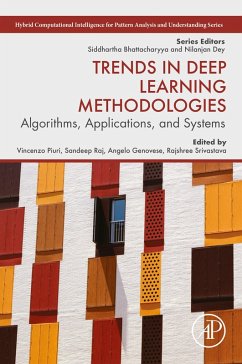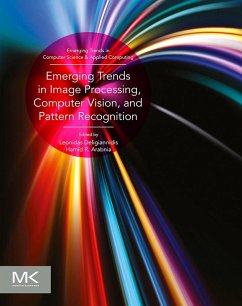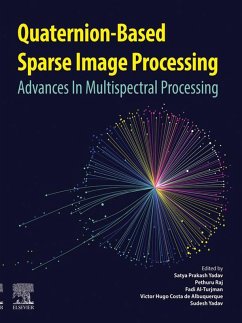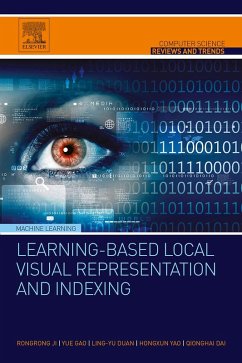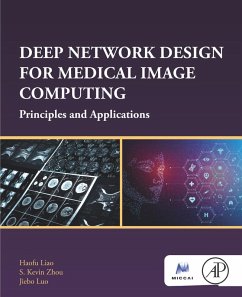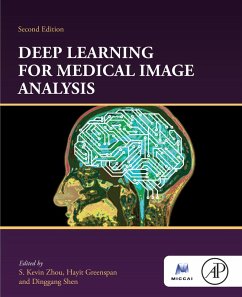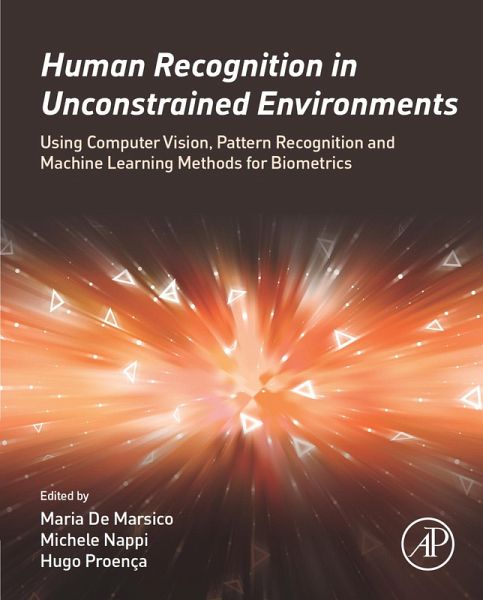
Human Recognition in Unconstrained Environments (eBook, ePUB)
Using Computer Vision, Pattern Recognition and Machine Learning Methods for Biometrics
Redaktion: De Marsico, Maria; Proença, Hugo Pedro; Nappi, Michele
Versandkostenfrei!
Sofort per Download lieferbar
76,95 €
inkl. MwSt.
Weitere Ausgaben:

PAYBACK Punkte
38 °P sammeln!
Human Recognition in Unconstrained Environments provides a unique picture of the complete 'in-the-wild' biometric recognition processing chain; from data acquisition through to detection, segmentation, encoding, and matching reactions against security incidents. Coverage includes: - Data hardware architecture fundamentals - Background subtraction of humans in outdoor scenes - Camera synchronization - Biometric traits: Real-time detection and data segmentation - Biometric traits: Feature encoding / matching - Fusion at different levels - Reaction against security incidents - Ethical issues in n...
Human Recognition in Unconstrained Environments provides a unique picture of the complete 'in-the-wild' biometric recognition processing chain; from data acquisition through to detection, segmentation, encoding, and matching reactions against security incidents. Coverage includes: - Data hardware architecture fundamentals - Background subtraction of humans in outdoor scenes - Camera synchronization - Biometric traits: Real-time detection and data segmentation - Biometric traits: Feature encoding / matching - Fusion at different levels - Reaction against security incidents - Ethical issues in non-cooperative biometric recognition in public spaces With this book readers will learn how to: - Use computer vision, pattern recognition and machine learning methods for biometric recognition in real-world, real-time settings, especially those related to forensics and security - Choose the most suited biometric traits and recognition methods for uncontrolled settings - Evaluate the performance of a biometric system on real world data - Presents a complete picture of the biometric recognition processing chain, ranging from data acquisition to the reaction procedures against security incidents - Provides specific requirements and issues behind each typical phase of the development of a robust biometric recognition system - Includes a contextualization of the ethical/privacy issues behind the development of a covert recognition system which can be used for forensics and security activities
Dieser Download kann aus rechtlichen Gründen nur mit Rechnungsadresse in A, B, BG, CY, CZ, D, DK, EW, E, FIN, F, GR, HR, H, IRL, I, LT, L, LR, M, NL, PL, P, R, S, SLO, SK ausgeliefert werden.




